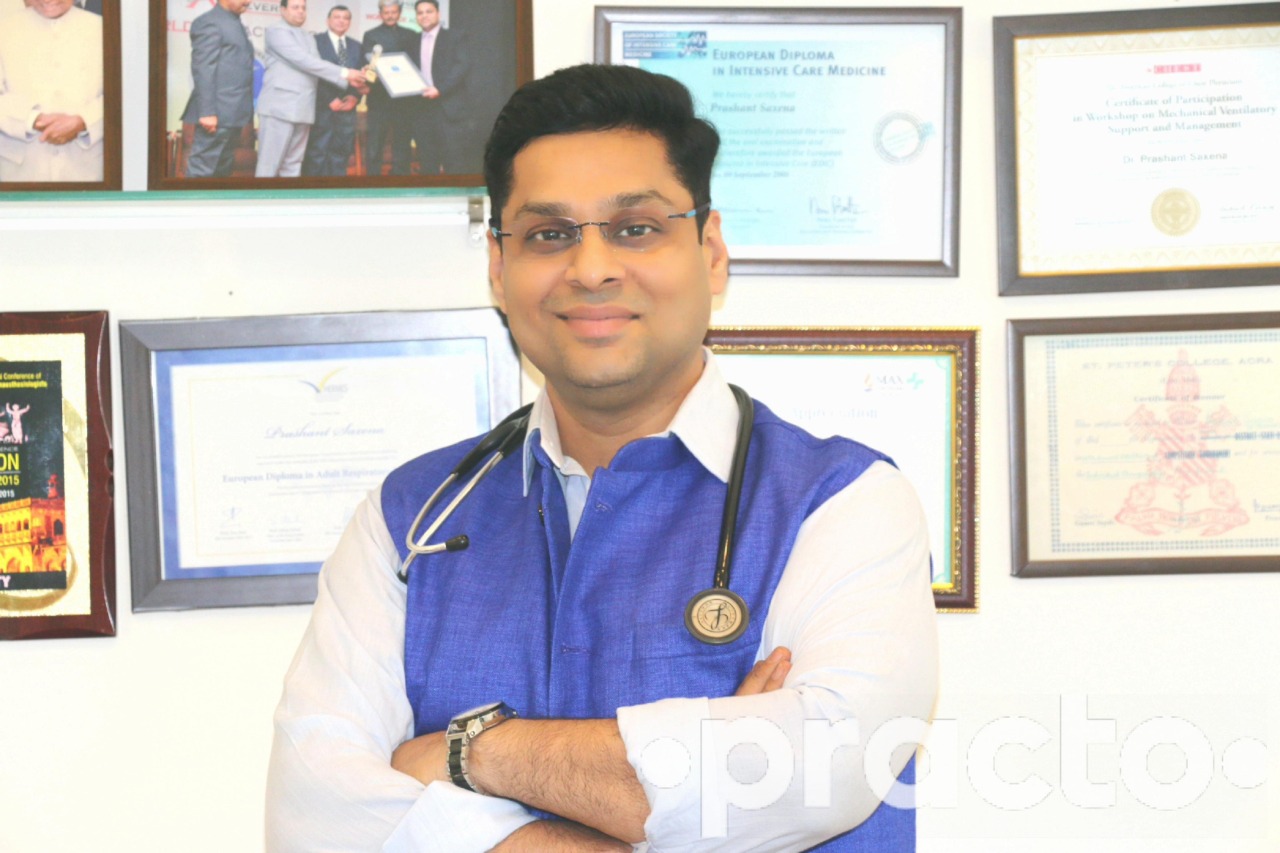COPD/Emphysema

Chronic obstructive pulmonary disease refers to a group of progressive lung diseases that cause increasing breathlessness. Emphysema is one of these diseases. It damages the air sacs in the lungs, making it progressively harder for the body to get the oxygen it needs.
WHAT IS COPD?
When a person breathes, the air travels into tubes in the lungs called bronchial tubes or airways. These tubes split into thousands of smaller pathways called bronchioles. The bronchioles end in alveoli or groups of tiny air sacs. Blood capillaries run through the walls of these air sacs. Oxygen passes through the walls of the air sacs into the blood-carrying capillaries. In COPD, this process does not happen as easily, and less air flows through the airways.
This is because:- The airways and air sacs are no longer elastic, and they cannot fill with as much oxygen
- The walls of the airways thicken and swell
- The airways clog up with extra mucus
- The walls of air sacs are destroyed
WHAT IS EMPHYSEMA?
The main problem in emphysema is that the walls of the air sacs get destroyed. The inner walls of the sacs weaken and burst, creating one large space to hold air instead of many small ones.This reduces the surface area of the lungs, which means that less oxygen can get into the bloodstream through the capillaries.
Symptoms of COPD and emphysemaMost symptoms of COPD and emphysema take time to appear. Unfortunately, symptoms only occur after significant lung damage has occurred.
Symptoms are most noticeable at first during physical activities.
The person may experience:- Shortness of breath
- Tightness in the chest
- Wheezing or whistling sound in the chest
- A chronic cough
CAUSES OF COPD AND EMPHYSEMA
The main causes of all forms of COPD, including emphysema, are environmental tobacco exposure through smoking. In developing nations, the conditions are more likely to result from exposure to burning fuel in poorly ventilated areas. Other causes include long-term exposure to other irritants such as air pollution, chemicals, or dust.
Some people may develop some forms of COPD and emphysema despite never smoking or being exposed to environmental irritants.
DiagnosisNeeds expert examination, history taking, Chest xray/CT scan , ECG, ECHO, Spirometry,etc
When to see a doctorIf any of the following occur:
- Shortness in breath that is worse or more frequent than usual
- Changes to color, amount, or thickness of mucus or sputum
- Mucus or sputum becomes bloody
- Increase in coughing or wheezing
- New swelling of the feet or ankles that does not go away after sleeping with the feet up
- Confusion or disorientation
TREATING COPD AND EMPHYSEMA
There is no cure for any form of COPD, including emphysema, but treatment can help to slow the progression of the disease and manage symptoms.
Treatments include medical, surgical, and therapeutic interventions.
Medical treatments for COPD and emphysema may be a mixture of inhaled and oral medicines.
Tips to manage COPD and emphysema at homeFor patients with COPD and emphysema, managing the disease is crucial to slowing its progress and for maximizing quality of life.
Some things that people with COPD and emphysema can do to improve their health include:
- Quitting smoking: Smoking causes and worsens COPD and emphysema, so it is crucial to stop smoking as soon as possible after a diagnosis.
- Controlling breathing: Techniques learned in pulmonary rehab can help manage shortness of breath.
- Eating a healthy diet: This helps to maintain strength and a strong immune system.
- Getting plenty of exercise: Activity improves endurance and increases lung function, which can lessen symptoms. Regular physical activity can also improve mood, strength, and balance.
- Managing mucus: Clearing mucus from the airways through controlled coughing and hydration can help.
- Avoiding pollutants: Keeping away from secondhand smoke and staying indoors on days with poor air quality can slow the progression of the disease.




